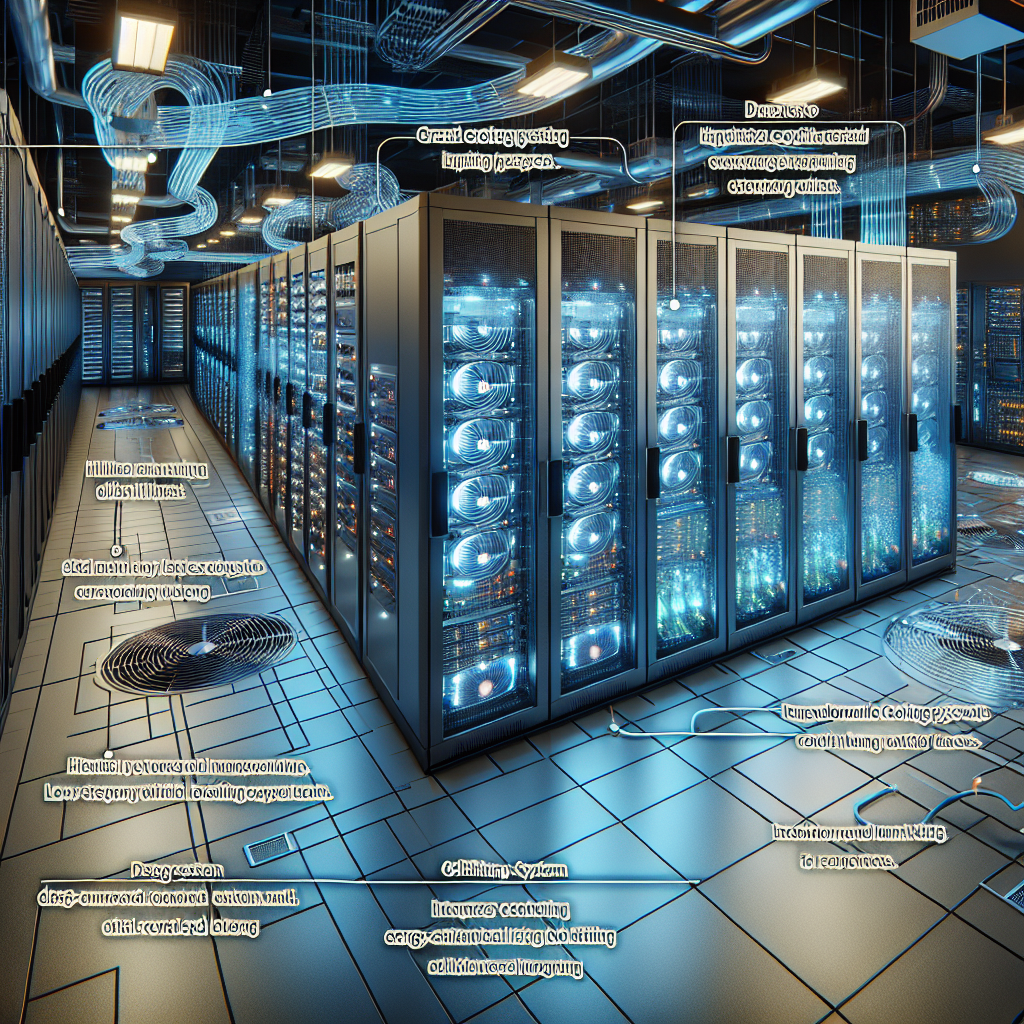Your cart is currently empty!
Best Practices for Managing Data Center Cooling Systems

Data centers are critical components of modern businesses, housing the servers and networking equipment that power everything from email communications to e-commerce transactions. With the increasing demand for digital services, data centers are growing larger and more complex, requiring sophisticated cooling systems to maintain optimal operating temperatures and prevent equipment overheating.
Managing data center cooling systems effectively is essential for ensuring the reliability and efficiency of these facilities. Here are some best practices to help data center managers optimize their cooling systems:
1. Implement a Hot Aisle/Cold Aisle Layout: One of the most effective ways to improve cooling efficiency in a data center is to arrange server racks in a hot aisle/cold aisle configuration. In this layout, servers are positioned facing each other so that the hot exhaust air from one row is directed into the cold air intake of the adjacent row. This helps to minimize hot and cold air mixing, reducing the overall cooling load on the system.
2. Use Containment Systems: Containment systems, such as aisle containment curtains or cabinets, can further improve cooling efficiency by isolating hot and cold air streams within the data center. By containing the hot exhaust air from servers and directing it back to the cooling units, containment systems help to reduce the overall cooling requirements and ensure that equipment operates at optimal temperatures.
3. Monitor Temperature and Humidity Levels: Regular monitoring of temperature and humidity levels is essential for maintaining the health of data center equipment. Automated monitoring systems can alert data center managers to any fluctuations in temperature or humidity, allowing them to take corrective action before equipment is affected.
4. Optimize Airflow Management: Proper airflow management is crucial for ensuring that cooling systems work efficiently. This includes ensuring that air vents are unobstructed, sealing any gaps in the data center walls or floors to prevent air leaks, and installing blanking panels in empty server rack spaces to prevent recirculation of hot air.
5. Regular Maintenance and Cleaning: Regular maintenance of cooling systems is essential for ensuring their optimal performance. This includes cleaning air filters, coils, and vents, inspecting for any leaks or damage, and replacing any worn-out components. By keeping cooling systems well-maintained, data center managers can prevent costly downtime due to equipment failures.
6. Consider Energy-Efficient Cooling Solutions: As data centers consume a significant amount of energy, it is important to consider energy-efficient cooling solutions to reduce operational costs and environmental impact. This includes using variable speed fans, economizers, and other energy-saving technologies to optimize cooling efficiency.
By following these best practices for managing data center cooling systems, data center managers can ensure the reliability and efficiency of their facilities while minimizing energy consumption and operational costs. With the increasing importance of data centers in today’s digital economy, effective cooling management is crucial for maintaining business continuity and competitiveness.

Leave a Reply